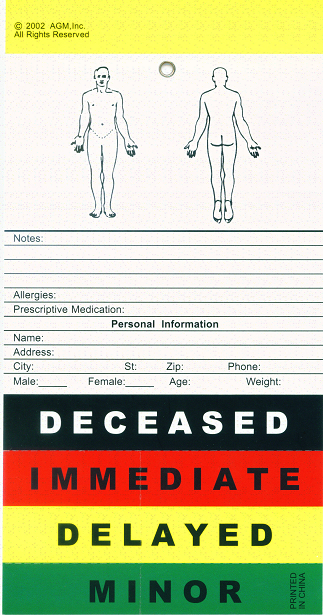I was thinking that instead of the usual marine store logbooks which have columns for wind, crew, sail/motor combination and lots of lines for you to write, that I might do something different. I'm a much more visual person, and since I work in medicine, nobody can read my writing anyway, so here's what I was thinking.
so here's what I was thinking.
In medicine, sometimes we use check box forms with small areas for free text under certain headings. There are often diagrams of a person where you can easily sketch physical findings. Anesthesiologists have graphs where they can mark vital signs with a quick stroke of a pen, and since it's done with a dot on an X and Y axis they can see trends forming.
I was thinking of creating a logbook with pre-printed forms with a sketch of the boat so that you could diagram you sail trim, or anything relevant, and graphs where you could plot wind speed, boat speed, barometer readings hourly and easily see a trend. Engine instrument readings could be recorded like vital signs. A blank compass rose could be provided for heading, another for wind direction. Printed on Rite in the Rain paper, it might be handy.
Below are a couple forms for example. Notice the vital sign trending on the Anesthesia record with check marks. I could see using that with wind and barometer. So, what do you record in your log? What should I put on the page?
![Image]()
![Image]()
![Image]()
MedSailor
In medicine, sometimes we use check box forms with small areas for free text under certain headings. There are often diagrams of a person where you can easily sketch physical findings. Anesthesiologists have graphs where they can mark vital signs with a quick stroke of a pen, and since it's done with a dot on an X and Y axis they can see trends forming.
I was thinking of creating a logbook with pre-printed forms with a sketch of the boat so that you could diagram you sail trim, or anything relevant, and graphs where you could plot wind speed, boat speed, barometer readings hourly and easily see a trend. Engine instrument readings could be recorded like vital signs. A blank compass rose could be provided for heading, another for wind direction. Printed on Rite in the Rain paper, it might be handy.
Below are a couple forms for example. Notice the vital sign trending on the Anesthesia record with check marks. I could see using that with wind and barometer. So, what do you record in your log? What should I put on the page?



MedSailor





